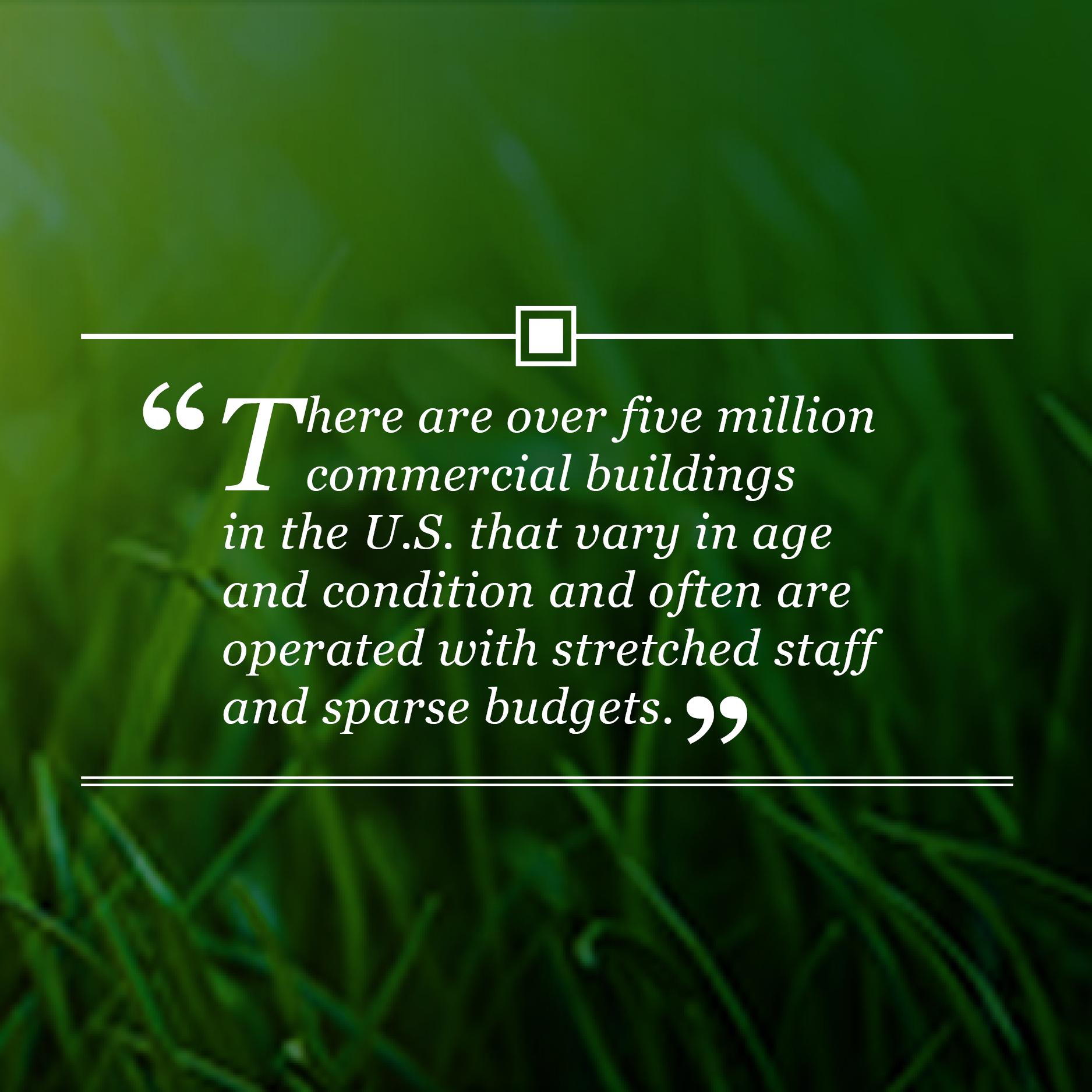
Energy news has filled the media lately — specifically, stories related to the U.S. government’s efforts to minimize the use of fossil fuel, the promotion of renewable sources, higher consumer energy costs and potential energy shortages in Europe. Funding through recent U.S. federal legislation dedicated to infrastructure includes money and incentives for electric vehicles, charging stations and transportation projects.
However, recent reports, such as from Lawrence Berkeley National Laboratory, reflect that about 40% of all U.S. energy consumption is accounted for by buildings (as well as a similar share of greenhouse gas emissions). Because most of these buildings and their systems are used for a number of years, if not decades, proper operation and maintenance is critical to minimizing their energy consumption, not only to ensure long-term cost savings but to ensure indoor environmental quality (IEQ) and help manage capital repair and replacement costs.
Updated codes address the construction of new facilities, dictating sustainable materials and minimum efficiency standards for mechanical and electrical systems; however, there are over five million commercial buildings in the U.S. that vary in age and condition and often are operated with stretched staff and sparse budgets.

Earlier this year, the General Services Administration’s (GSA) Public Buildings Service commissioner, Nina Albert, testified in a House hearing that much of the federally owned property under its control is “suffering from the consequences of significant deferred maintenance, driven by inadequate investment.” In noting the importance of properly maintaining federal facilities, Albert stated that maintenance liabilities doubled in 10 years, reaching $2.6 billion in 2021.
This aligns with an inspector general’s report from last year, which noted that deferred maintenance in GSA-owned buildings leaves them “vulnerable to rising maintenance and repair costs and an increased risk of building system failure, accelerated deterioration of systems and structures, and potential life safety hazards.” In addition, it noted “Long-term deferred maintenance can also lead to more costly emergency repair or replacement projects.”
Many private commercial buildings share similar deferred maintenance issues, even with recent municipal ordinances requiring benchmarking, auditing, retro-commissioning and various incentives related to upgrades. The operators of commercial buildings in the private sector face barriers other than public funding, including conflicting priorities between owners and employees (or occupants) over limited operating and capital dollars, elevated payback periods beyond 3.5 years and a lack of knowledge regarding recent technologies that offer advanced monitoring of their building systems.
However, investments in building retrofits and renovations can provide a multitude of benefits, including reduced energy consumption (and, therefore, carbon footprint), improved IEQ and increased physical resiliency. In addition, properly maintaining facilities, extending their use and life, is inherently sustainable. The continued use of buildings helps preserve the embodied energy of the facilities, prevents the need to use new, energy-intensive construction materials and keeps construction debris out of landfills.
Evolving technologies over the past decade have included advancements in enhanced building automation and monitoring systems, using advanced metering and analytical software. These have proved to be very beneficial in building retrofits. According to Fortune Business Insights, this “smart” building market is expected to have a compound annual growth rate of approximately 22% from 2022 to 2029, with energy consumption concerns being the key market driver.
As a multidiscipline professional services firm, Hanson has dedicated engineers, energy management professionals and commissioning agents with experience in facility condition assessments, energy audits, retro-commissioning and smart building technologies. For further information, contact Bob Knoedler at rknoedler@hanson-inc.com or Bill Bradford at bbradford@hanson-inc.com.